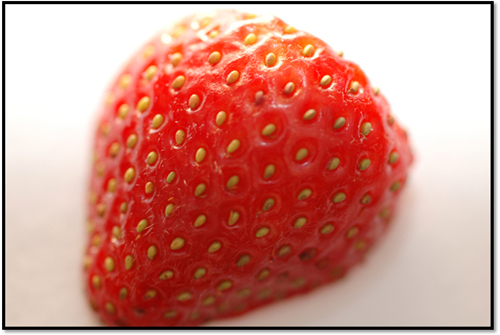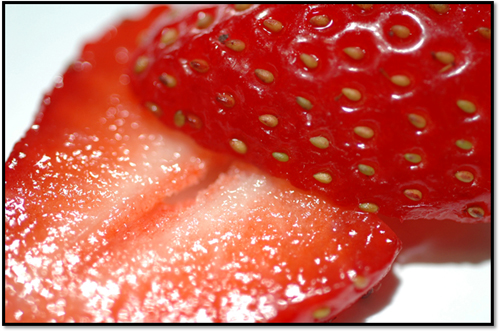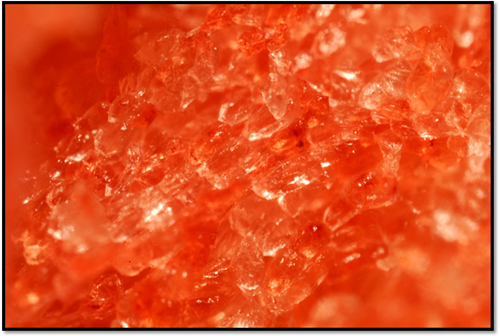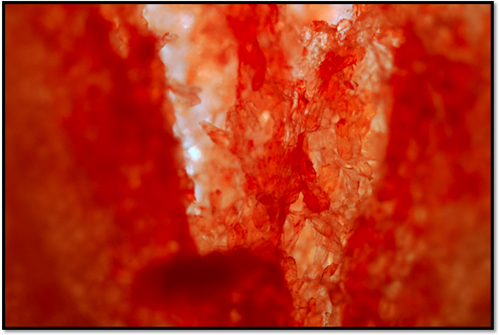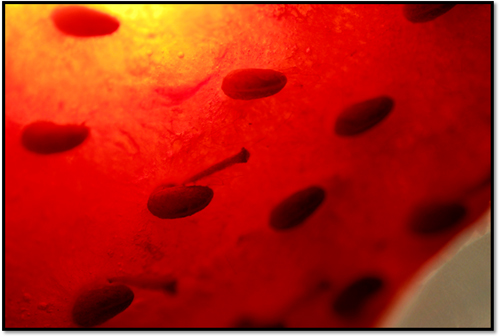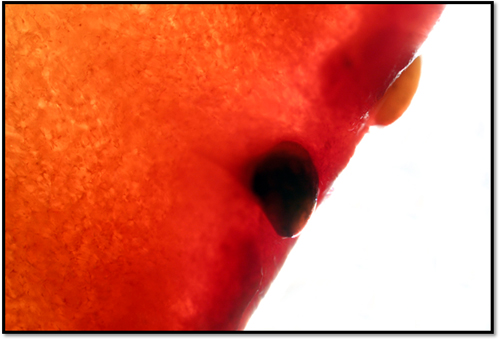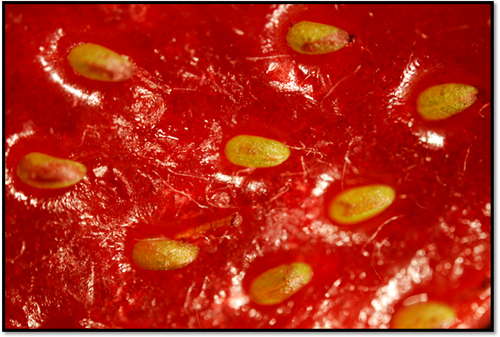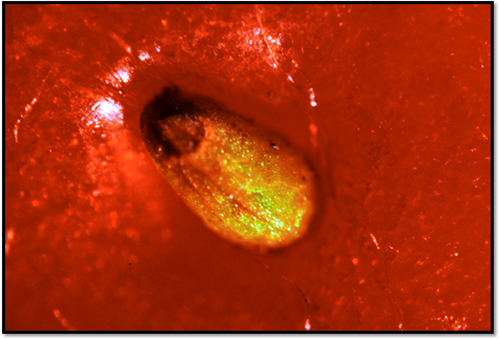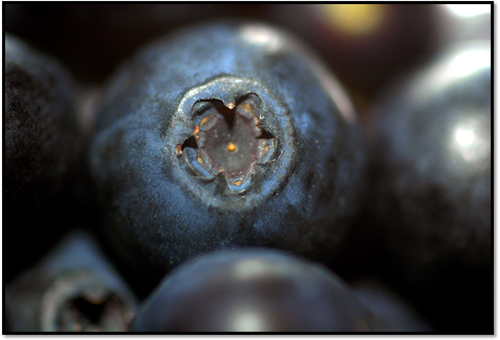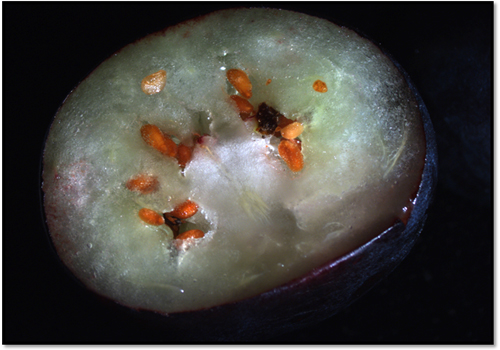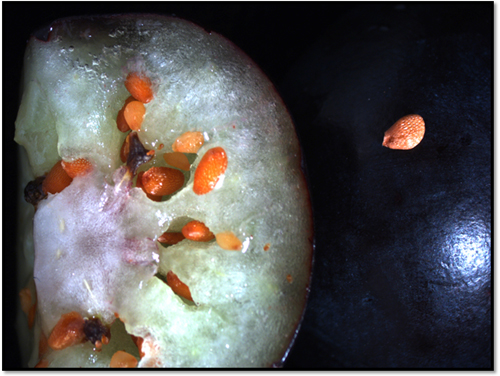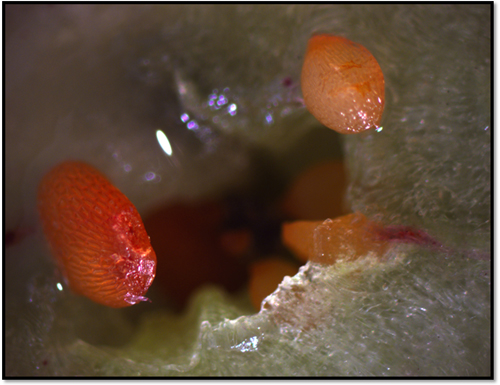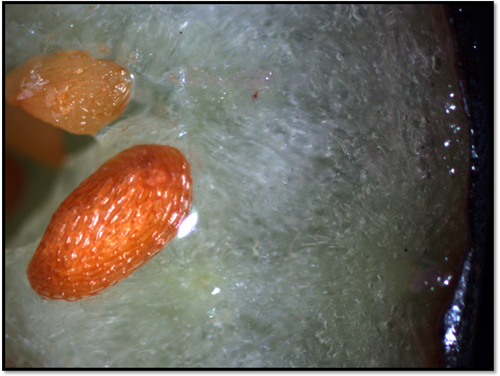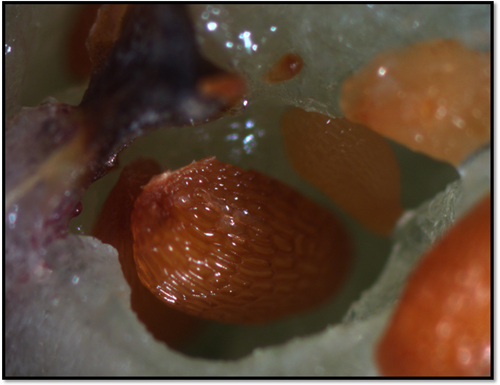Magnified Views of Fruits
Rochester Institute of Technology
Luis Arvin P. Chua
Lachua007@yahoo.com
Biomedical Photographic Communications
------------------------------------------------------------------------------------------------------------------------------------------------------------------------------------------
Kiwi Fruit (Common Names: Kiwifruit, kiwi, Chinese gooseberry, Yang-tao.)
Actinidia deliciosa
The kiwifruit is native to the Yangtze River valley of northern China and Zhejiang Province on the coast of eastern China. New Zealand exported the fruit to the US in the 1950s. The oval fruit is up to 2-1/2 inches long, with russet-brown skin heavily covered with short, stiff brown hairs. The flesh, firm until fully-ripe, is gleaming, bright green or sometimes yellow. The flavor is sweet to acid, somewhat like that of the gooseberry. Kiwifruit is a rich source of vitamin C, Vitamins A and C. Studies have proven that kiwifruits are useful in improving conditions of asthmatic children, and in decreasing the probability of colon cancer by providing a good amount of dietary fiber. The high content in dietary
fiber helps improving diseases such as diabetes, by controlling sugar levels, and cancer color, since fiber binds to toxic compounds in the colon and helps us expel them. Fiber has also been proven to reduce cholesterol levels, improving the conditions of patients with cardiovascular diseases and lowering the probability of heart attacks.
Eating kiwi fruit is clearly a healthy choice because it prevents asthma, wheezing and coughing, especially in children. It also protects our DNA from mutations. It provides a healthy amount of antioxidants and vitamins.
|
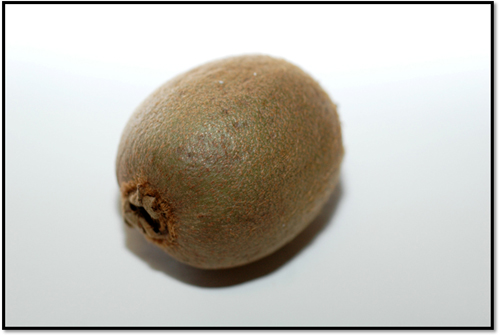
|
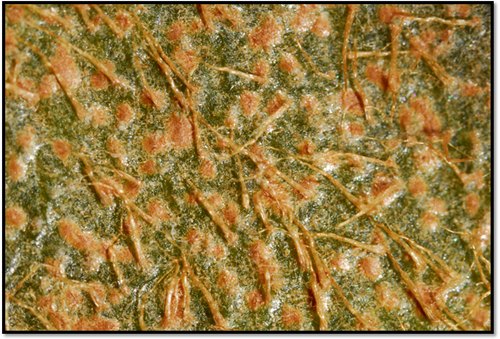
|
|
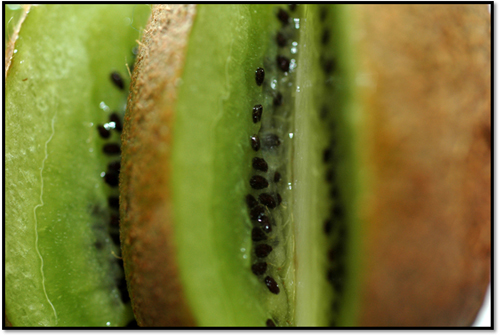
|
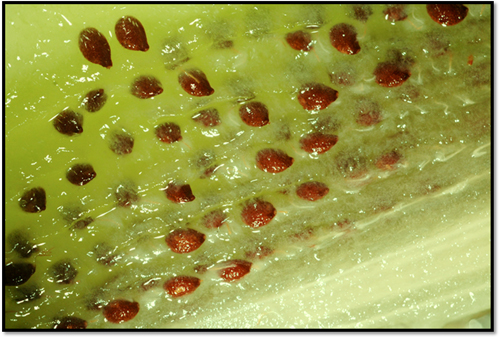
|
|
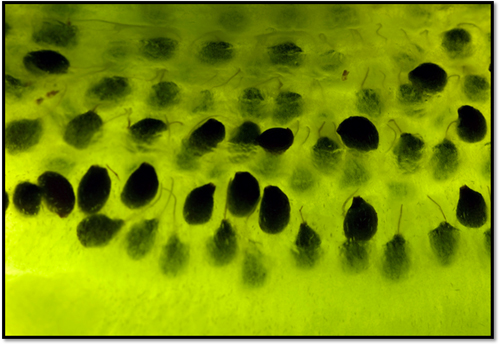
|
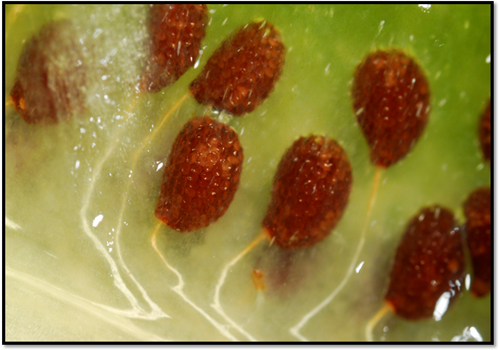
|
|
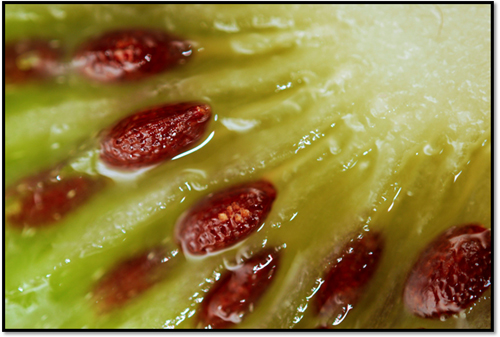
|
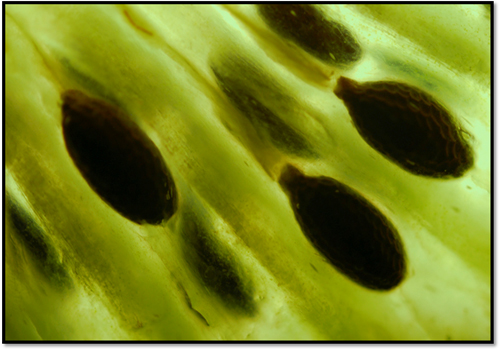
|
|
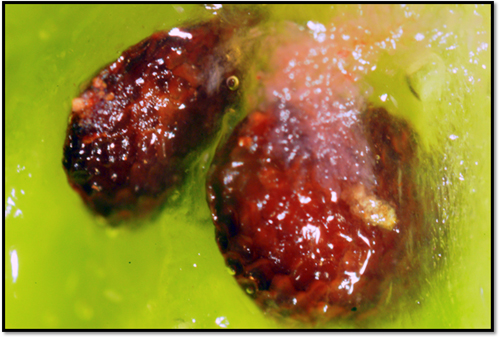
|
Scientific classification
|
Kingdom:
|
Plantae
|
|
Division:
|
Magnoliophyta
|
|
Class:
|
Magnoliopsida
|
|
Order:
|
Ericales
|
|
Family:
|
Actinidiaceae
|
|
Genus:
|
Actinidia
|
|
Species:
|
A. deliciosa
|
Binomial name Actinidia deliciosa
|
----------------------------------------------------------------------------------------------------------------------------------------------------------------------------------------
Garden Strawberries
Scientific classification
Kingdom: Plantae
Division: Magnoliophyta
Class: Magnolipsida
Order: Rosales
Family: Rosaceae
Subfamily: Rosoideae
Genus: Fragaria
Species: F. x ananassa
Binomial name Fragaria × ananassa
Garden strawberries are a common variety of strawberry worldwide. It belongs to the family Rosaceae. It is a false-fruit, meaning the fleshy part is derived not from the plant’s ovaries but from the peg at the bottom of the bowl-shaped hypanthium that holds the ovaries. It was first bred in Europe in the early 18th century. Strawberries are an excellent source of vitamin C And flavonoids.
------------------------------------------------------------------------------------------------------------------------------------------------------------------------------------------------------
Blueberry
Scientific classification
Kingdom: Plantae
Division: Magnoliophyta
Class: Magnoliopsida
Order: Ericales
Family: Ericaceae
Genus: Vaccinium
Section: Cyanococcus
Blueberries are flowering plants in the genus Vaccinium, sect. Cyanococcus. The species are native to North America only. They are shrubs
varying in size from 10 cm tall to 4 m tall; the smaller species are known as "lowbush blueberries" (synonymous with "wild"), and the larger species as
"highbush blueberries". The fruit is a false berry 5–16 mm diameter with a flared "crown" at the end; they are pale greenish at first, then reddish-purple,
and finally indigo on ripening. They have a sweet taste when mature, with variable acidity. Blueberry bushes typically bear fruit from May through
October in the Northern Hemisphere; "blueberry season" peaks in July, which is National Blueberry Month in the United States and Canada.
Researchers have shown that blueberry anthocyanins, proanthocyanidins, resveratrol, flavonols, and tannins inhibit mechanisms of cancer
cell development and inflammation in vitro. Some blueberry species contain in their skins significant levels of resveratrol, a phytochemical with
increasing evidence as an anti-cancer compound. Antioxidants are thought to help protect the body against the damaging effects of free radicals
and the chronic diseases associated with the aging process. Fresh fruits, including blueberries, and vegetables contain many of these naturally
occurring antioxidants such as Vitamins C and E. Blueberries contain 14 mg of Vitamin C and 0.8 mg Vitamin E per 1 cup of blueberries.
------------------------------------------------------------------------------------------------------------------------------------------------------------------------------------------------------
Methods/Techniques Photography by: Luis Arvin P. Chua
Lachua007@yahoo.com
Nikon D70s, Nikon D200 BioMedical Science Communications
Bellows Rochester Institute of Technology
20mm lens, 38mm lens Copyright 2008
Transillumination
Axio Microscope
Resources:









